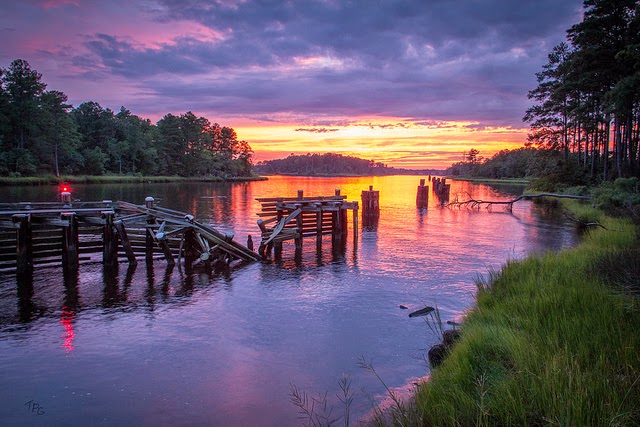My son and I had put new bearings on his boat trailer a couple weeks ago. He had been told by the previous owner, when he bought the boat, that the bearings had just been done. I don’t know what was done to them, but inspecting, greasing, and replacing worn parts were none of the things that were done to the trailer. The bearings were shot. The races were pitted and gouged. One hub was all but destroyed, so we replaced it with a new hub, race, and bearing set. The right hub looked passable. Although when we finished, the new Bearing Buddy would not seat in the old hub, indicating that it was worn and would also need to be replaced.
We made an early start on the day, bought another replacement hub, race, and bearing set, and replaced the worn hub. We took a ride around town, stopping every couple miles to feel the hubs to make sure they were staying cool, meaning that we had gotten them properly greased. With that done, we headed for Kaw Lake with a lunch stop with the granddaughters in Ponca City.
The Cape Dory 14
When we arrived at Kaw Lake, we didn’t need a calendar to tell it was Labor Day Weekend. There were easily a hundred boats buzzing about and beached on the shorelines. We charged forward, however, and launched as planned. There was barely a breath of air even though we are in a state where a 20-mph wind is normally called a calm day. We sat becalmed in simulated ‘storm-at-sea” waves generated by the wakes from all the passing powerboats. No sooner would a zephyr attempt to caress the sail than a wake would flail the sail around and smack the zephyr in the face. We did move, however slowly, and got plenty of practice sitting on the leeward side to hold the boom off to the proper side. After a couple hours and a couple miles, we came about for the slow drift back to the ramp. We arrived at the ramp at 6 pm, and of course you know what that means. Everyone was wanting off the lake at the same time to make dinner, so it took us an hour of sitting in line waiting to gain access to the ramp.
This brailing line is on a gaff-rigged sloop, but nicely illustrates
how it works. Credit: thecheappages.com
So, we had lunch out on the way to the lake, and after the sail we had dinner out. I didn’t get home until 11-pm. All told, it was a nice change of pace and a chance to be on the water. What could be better? Well, maybe a breeze, but we need not get picky. Today, its blowing 25, gusting over 35, so unless a few folks have holed up in a creek somewhere, I doubt much of anyone has gotten on the lake today.















































